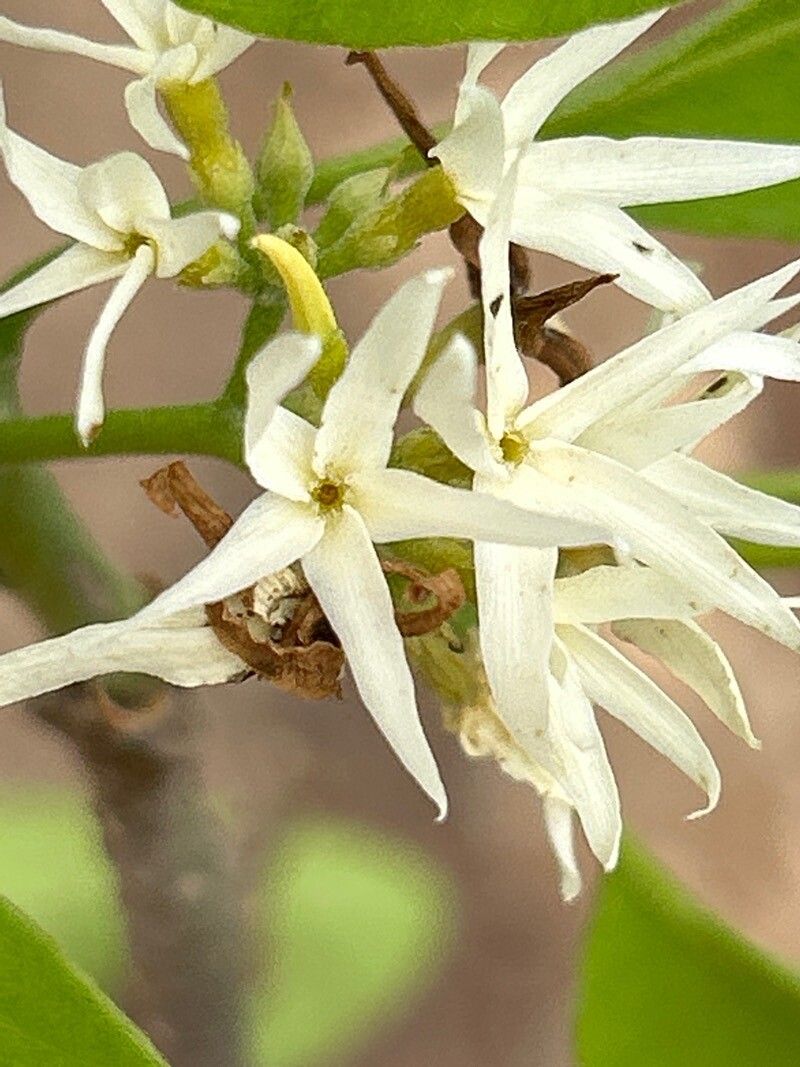Cracking the Code: Propagating the Resilient Aspidosperma Pyrifolium
The Aspidosperma pyrifolium, also known as the “Quebracho branco” or “White Quebracho”, is a fascinating tree native to South America. This hardy species, known for its medicinal properties and durable wood, might pique the interest of plant enthusiasts seeking a unique addition to their collection. However, propagating this South American native can be a rewarding challenge. This guide will walk you through the methods to increase your chances of success.
Method 1: Seed Propagation
Seed Collection and Preparation: Aspidosperma pyrifolium produces pods containing flat, winged seeds. Collect mature, dry pods directly from the tree or reputable sources. Gently extract seeds and store them in a cool, dry place until sowing.
Sowing: Due to potential dormancy, pre-treating seeds can be beneficial. Scarification, which involves lightly scratching the seed coat with sandpaper, can expedite germination. Sow seeds in a well-draining seed-starting mix, covering them lightly with the medium.
- Environmental Conditions: Provide a warm, humid environment with temperatures around 70-75°F (21-24°C). A humidity dome or misting can help maintain moisture. Be patient, as germination can be slow and sporadic, taking several weeks or even months.
Method 2: Cutting Propagation
Timing and Selection: Take cuttings during the active growing season, ideally in late spring or early summer. Choose healthy, semi-hardwood stems that are approximately 4-6 inches long.
Preparation: Remove leaves from the lower third of the cutting and wound the base slightly to expose the cambium layer. Dipping the wounded end in rooting hormone powder can enhance root development.
Planting and Care: Plant cuttings in a well-draining rooting medium, such as a perlite and peat moss mix. Ensure the medium is consistently moist but not waterlogged. Place the cuttings in a bright location, out of direct sunlight.
- Rooting: Rooting can take several weeks. You can test for root development by gently tugging on the cutting. Resistance indicates root formation.
Challenges and Considerations
While both methods can be successful, Aspidosperma pyrifolium propagation can be challenging due to its natural resilience and potential dormancy mechanisms. Be patient and persistent, providing optimal conditions throughout the process. Here are some additional tips:
- Hygiene is Crucial: Use sterilized tools and clean potting mixes to prevent fungal or bacterial infections.
- Patience is Key: Don’t be discouraged by slow progress. Seed germination and rooting can be unpredictable.
- Research is your Friend: Continue to learn about this unique species and adapt your techniques based on your environment and resources.
Successfully propagating Aspidosperma pyrifolium provides a deep sense of satisfaction. Not only are you contributing to the preservation of a valuable species, but you’ll also have the opportunity to cultivate a stunning and resilient tree with a rich history. So, embrace the challenge, and happy propagating!

